
What’s In a Name?
Whether you’re starting from scratch or trying to reinvent yourself, the name you give your business is critical. It’s often the very first impression you make on potential customers, competitors and ultimately the commercial universe. It’s also the trickiest part of brand development. It’s emotive – therefore subjective – and very challenging when you need agreement from multiple stakeholders. And of course, everyone wants a short name with a .com domain (sorry to break it to you, but they’re all taken).
So where do we start?
Step 1: Define parameters
Our first objective is to remove subjectivity from this process as much as possible. We define the ‘knowns’ about an organisation – its personality, values, purpose and proposition and use them as benchmarks when judging the names.
Step 2: Choose naming typologies
We then consider the different types of names we’ll explore. Some of these will be a natural fit and others may be discounted. Below are some typologies we use:
Descriptive
These names describe the product, brand or service. The benefit of descriptive names is they immediately convey their purpose. The challenge is they lack imagination and creativity.


Evocative
These names elicit strong images or feelings and can excite the consumer. They are often chosen by confident businesses that desire to be something bigger than just their goods and services. However, it can be a head-scratcher for consumers and particularly challenging to get buy-in from a large group.
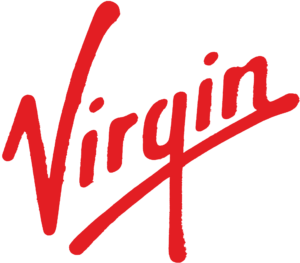

Founder
Whether it’s ego or just a no-brainer option, naming a business after the person who started it has been around since the beginning of brands. Generally, these are easy to trademark but can be difficult to get traction (unless they’re already famous, of course).


Acronym
A functional option, names in this camp make for difficult consumer connection. While they are meant to provide a shortcut to more descriptive names – International Business Machines, Kentucky Fried Chicken, United Parcel Services – their source is often unknown and it’s harder to build an emotional relationship with utilitarian and seemingly arbitrary letters. Trademarking can be tricky too.


Invented
This is where things can get interesting. If you can’t find a suitable name, a makey-upy one will do. There’s great latitude with invented names and they’re easier to trademark but there’s a colossal amount of brand-building required.


Geographical
For some brands, provenance is everything. Location – whether they’re actually based there or not – is built into the fabric of who they are. For example, Patagonia got its name from the founder who was deeply moved by this region shared by Chile and Argentina.


Phrasal
The names rely on wordplay such as puns, foreign words, rhyming or alternative spellings. While names may be memorable, this approach could easily slip into flippant (or cringe-worthy) territory.

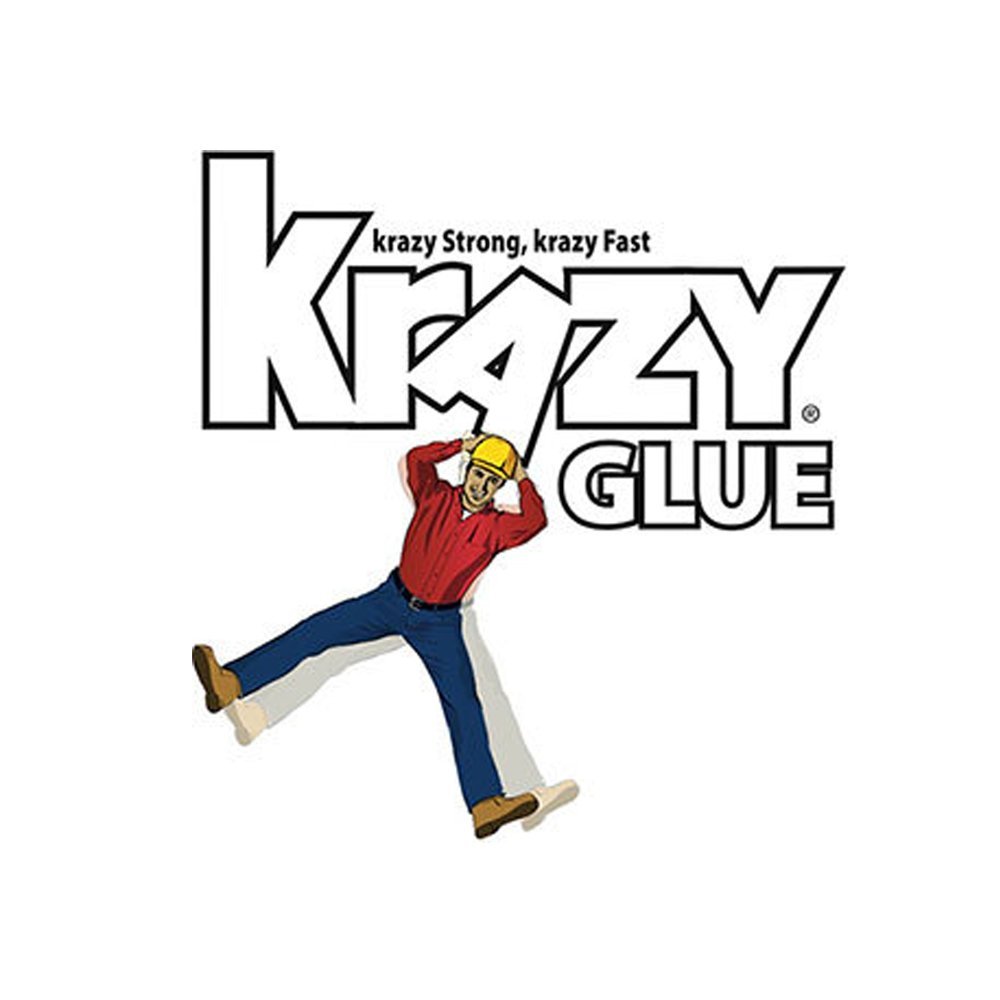
Step 3: Brainstorm long list
This process engages the largest team of creatives. We start with the brain dump – it’s a word-association, mind-mapping kind of thing. For each category, we draft very long lists of words, phrases and concepts. We do this across all areas of consideration – some of these are typologies or other areas we know are close to the hearts of the business. This is an iterative process, one in which we challenge every name, removing from our list as we hone in on the strongest contenders. We strive to whittle this down to approximately 25-30 names.
Step 4: Short list and test
Generally, we propose no more than 10 names as anything greater can overwhelm. Now we have to be rigorous, ensuring our final options meet the brief. Each name is said aloud in a sentence and scored 1-10 against our benchmark parameters as established in step 1. Once we have our list, we perform online searches for domain availability and to ensure no activity exists in the category or territory. Presentation time…
Step 5: Search/trademark
Once a client has chosen a name, formal searches will be performed with specialist solicitors to ensure availability and begin the trademark procedure.
While this can be a laborious process, it’s also an exhilarating one. It’s that eureka moment when the name feels like it’s been there forever. Within weeks you can’t even remember what you called it before…
Mary Helow, Senior Account Director
Mary called San Francisco home until 2005 but prefers the cobblestone streets of Dublin. Her loves are understanding what makes a brand tick, Star Trek (Captain Kirk is king, she says) and any type of Mexican food she can get her hands on.
Keep Reading

Bloomin’ Brilliant – Our Irish Producers showcase their...

The Seven Deadly Sins of Web Design
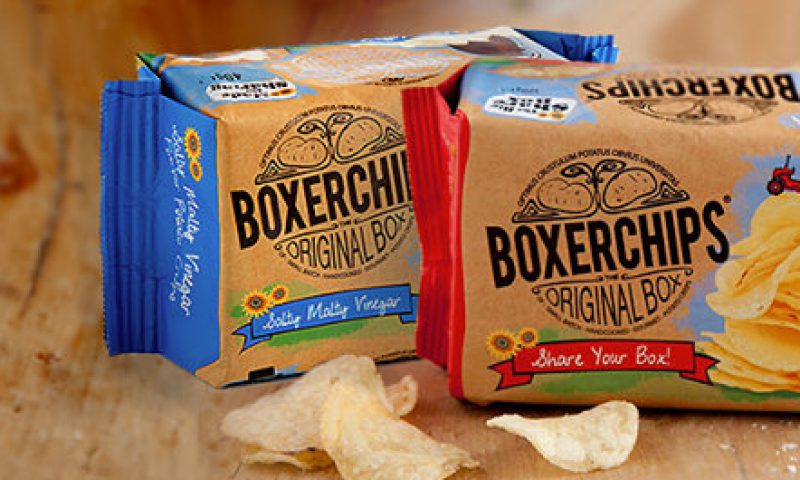
Boxerchips – Making Packaging Innovation Fly
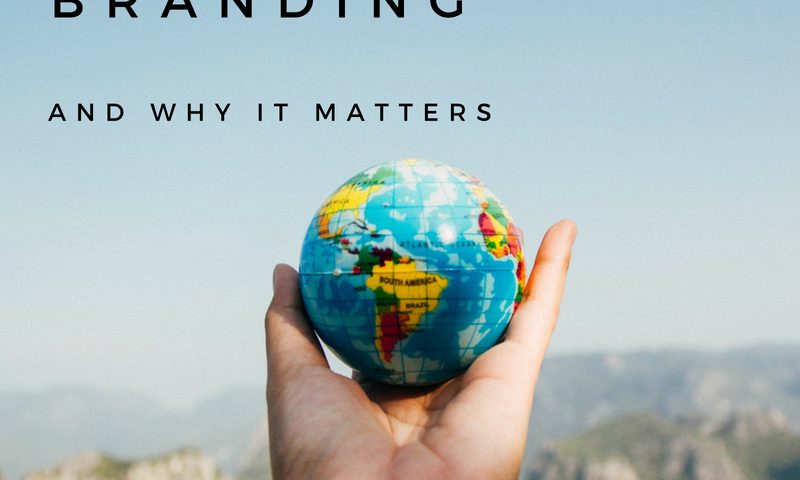
Place Branding and Why It Matters

Get Designers On Board, Not Boring Design

What We Look For in a Design Portfolio

Packaging: Limited Edition = Unlimited Potential

Ireland’s Digital and Social Media Statistics 2018
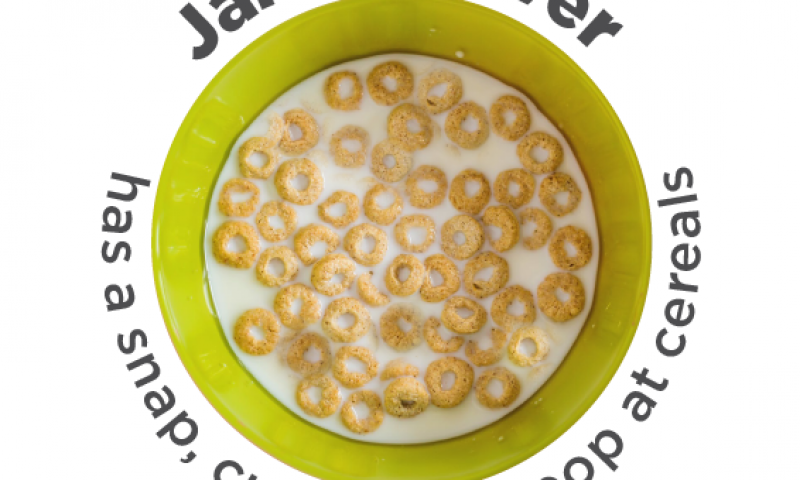
Jamie Oliver goes snap, crackle and pop at Cereal
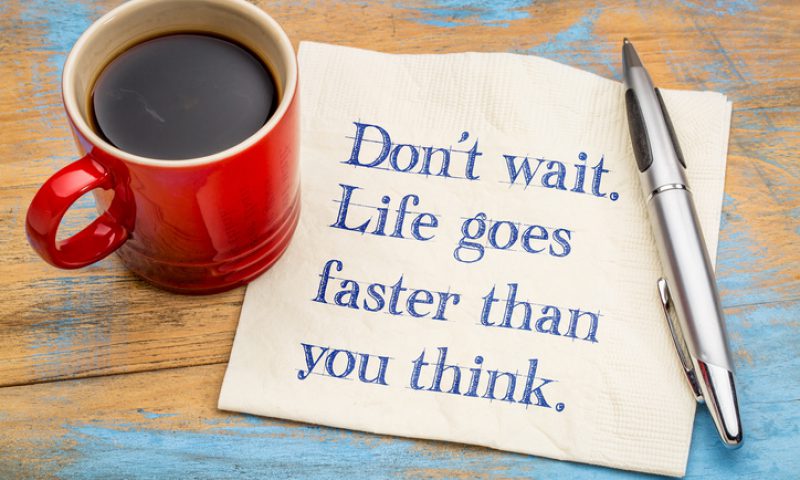
13 Tips for Overcoming Procrastination

Ice Cool Seduction

Brand Ireland born in Rathmines

The importance of the face of your business…

During Pride, only rainbows matter

The differences between UX & UI

That Big Gay Flag

Cycling jersey branding – from dashing to dire
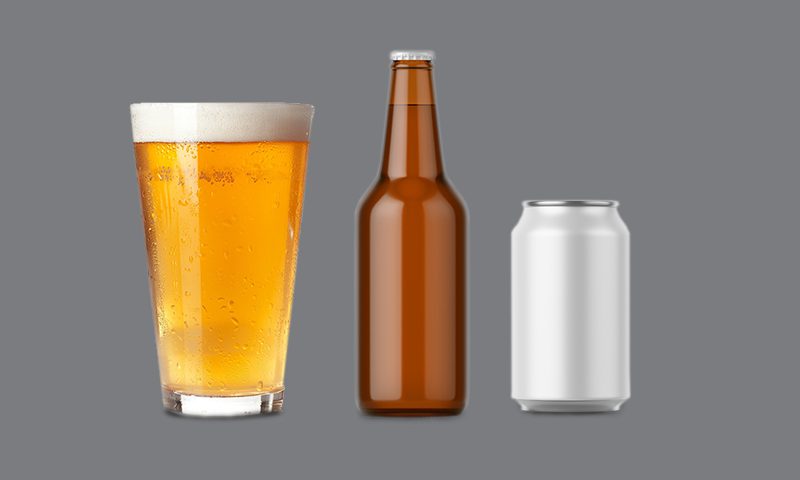
Draft, Bottle or Can?

Recycling Through Street Art
